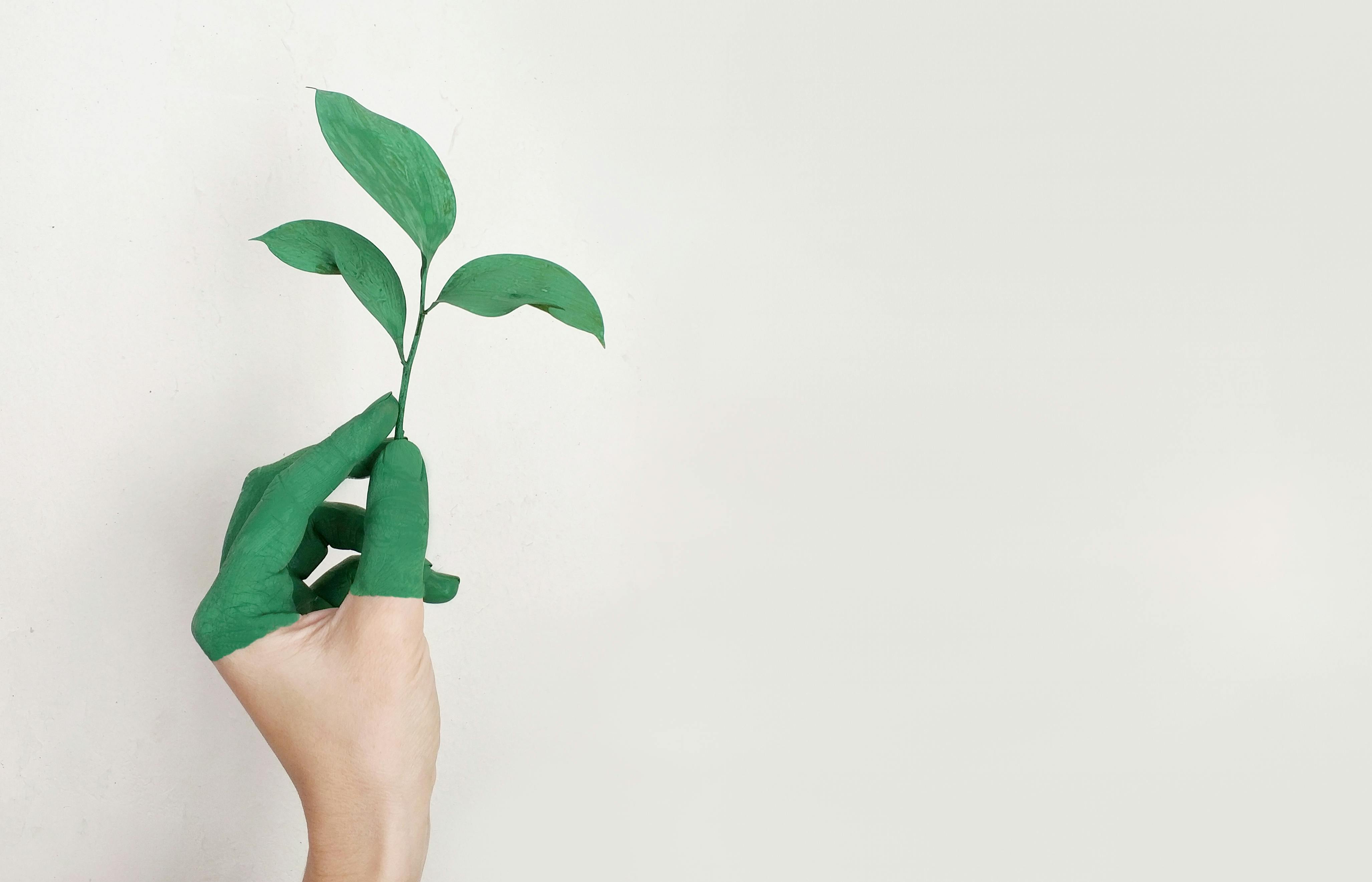Footwear in Ghana and Vietnam
It has been observed that when it comes to hair, and women’s hair in particular, Ghana and Vietnam have little in common, but when it comes to feet, there is a much greater degree of similarity. Both countries have a long and hard history of working barefoot on the farm; Both countries make extensive use of rubber beach sandals, also known as flip flops, or in Ghana as kyale wates, and in both countries it is a religiously observed custom to remove outdoor footwear when entering a residence.
In Ghana, the traditional leather sandal generally resembles modern sandals, with a rigid platform, a wide front cross strap, and a center toe. Once appointed head of his village, clan, or tribe, a man’s foot was destined never to touch the ground again. This clearly elevated him above his subjects, most of whom went barefoot most of the time. The chiefs wore special sandals with a platform much larger than the size of the foot and painted black. To this day, in the performance of their official duties, the chiefs sit on their stools in their traditional long robes-like fabrics and with their black sandals planted firmly on the ground before them. Neither the chief nor any of his assistants or supplicants are allowed to cross their legs.
In Vietnam, traditional footwear resembled that of the Chinese shoe, characterized by the toe that points upward. There was also a sandal, similar in shape to the Ghanaian chief’s sandal, but smaller and made of a softer material and apparently considerably more comfortable to wear. However, footwear in old Vietnam, as in Ghana, was the exclusive property of the rich and powerful, and the poor majority in both countries went barefoot.
In modern times, most of the citizens of both countries share the privilege of wearing shoes. All kinds of footwear can be seen in the main stores and on the city streets. Younger Vietnamese have a great liking for coaches, with all the global brands and their imitators widely available. In cities, at least, most Vietnamese also wear socks, but in Ghana these accessories are much less obvious.
Interestingly, the ubiquitous rubber sandals are used quite differently in the two countries. In Ghana, sandals are worn every day outdoors and are removed when entering a residence. Inside the house, most Ghanaians go barefoot. In contrast, in Vietnam rubber sandals are stored for indoor use, waiting at the door to be put on when outdoor shoes are discarded. But they have one more thing in common: in both Ghana and Vietnam, the most popular color for sandals is blue.
